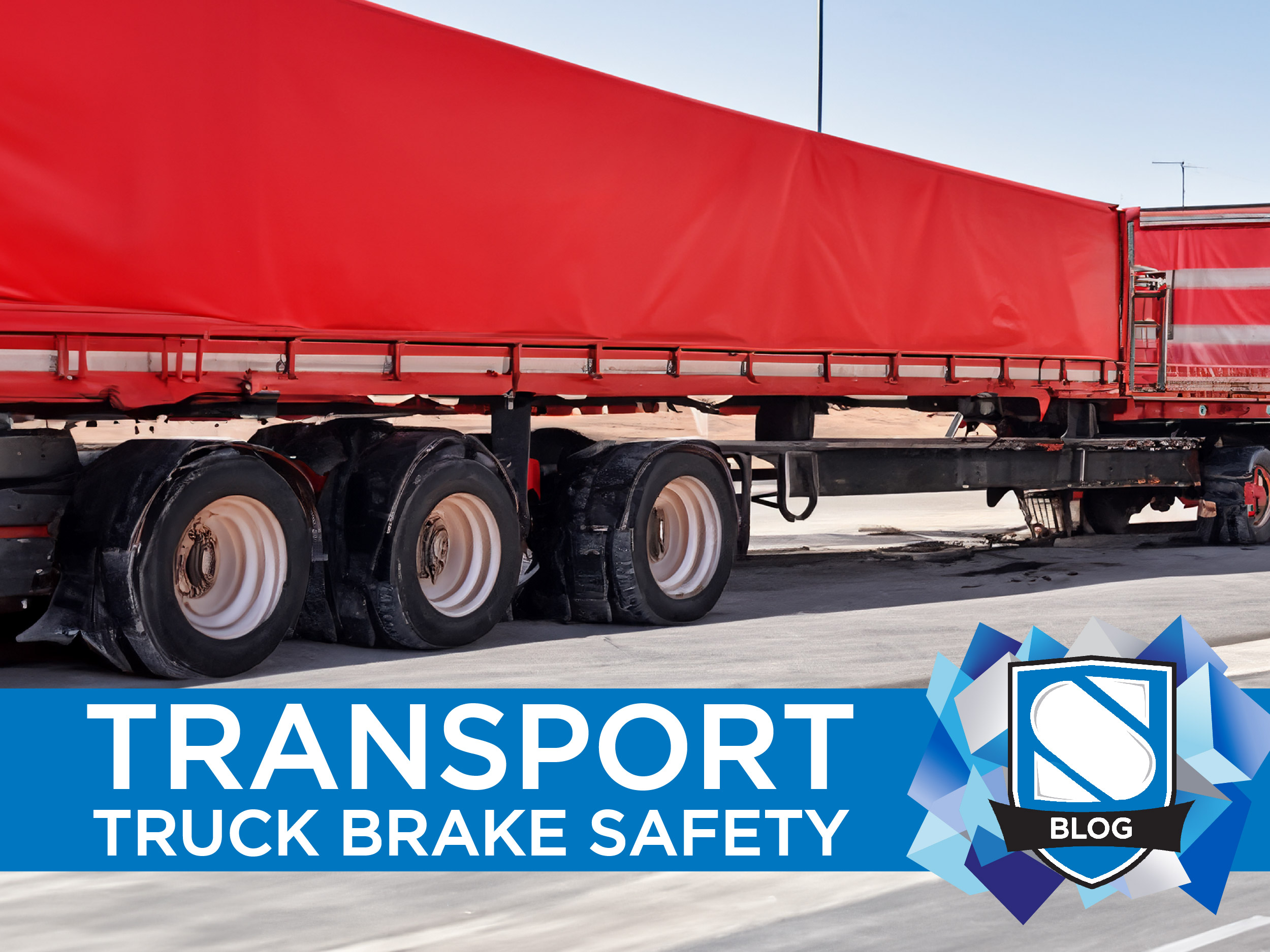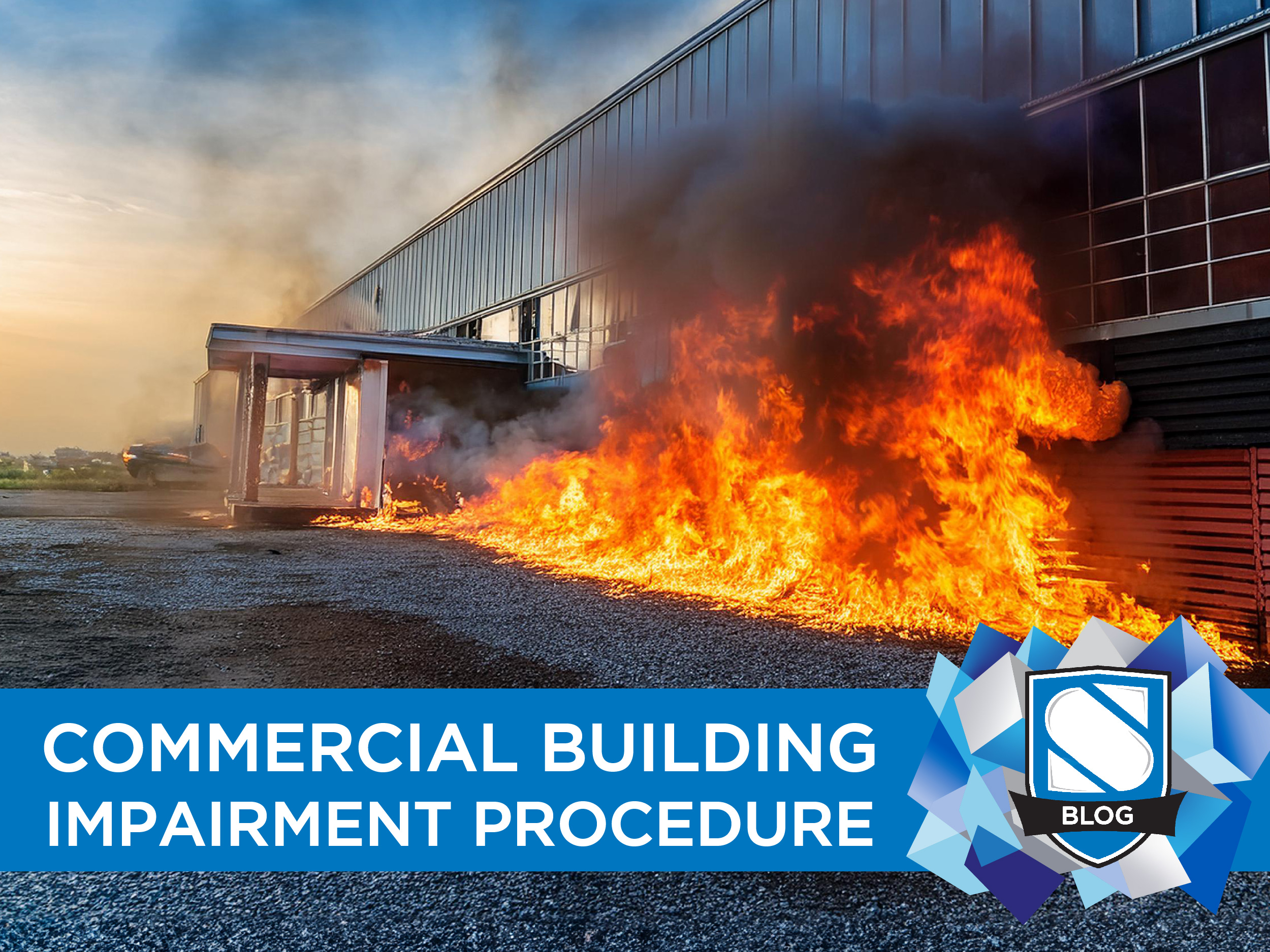We live and work in an unpredictable world. No matter what your business does, there is always the risk of an emergency or disaster causing a serious interruption in services. Whether it’s because of a natural disaster such as a flood or winter storm, an industrial accident that incapacitates an entire plant, or something as random as a car driving through the wall of your coffee shop, you need a plan that will allow you and your business to deal with the crisis and get back to work as soon as possible.
Developing a comprehensive disaster response plan can be a serious undertaking. There are however a number of easily implemented steps you can take right now to lay the foundation of a full emergency response plan for your business and make it a safer, more durable institution that is capable of weathering a catastrophe of any sort.
Empower your employees to make smart decisions in a crisis
When disaster strikes, you need to respond immediately. Of course, you can’t always count on being there personally 100% of the time. The last thing you want when a problem crops up is your staff being too paralyzed by fear or indecision to react if you’re not there. This is why it is so important to establish an emergency preparedness plan. You need a resource employees can refer to in a time of need.
Response flow charts are a staple of many businesses and an excellent start. A binder located in a specific, prominent, and easily accessible location that details a few possible scenarios (such as a fire, a medical emergency, and so on) can be a life saver. It doesn’t have to be complicated, just detail a basic order of operations for employees to carry out (evacuating the area, contacting emergency services, management, etc). It’s a good idea to keep another copy off-site as well in case you are unable to access the original.
Establish clear roles and responsibilities in the case of an emergency and make sure that employees are aware of them. Communication is key during any kind of emergency. It is essential to keep an up to date contact list of all personnel and key contacts (suppliers, IT support, financial institutions, etc), you never know who you may need to get in touch with in a hurry. Make it a living document that is constantly up to date by having employees refresh their contact information on a regular basis – not some laminated sheet hung on a back wall filled with names of people who don’t even work there anymore. You could set up an committee to review the information quarterly to ensure it is accurate.
Keep your emergency supplies readily available
If not given the proper respect and thought, emergency supplies can be quickly dismissed as unwanted clutter, tossed into the bottom of some dusty basement closet, and quietly forgotten. All of the supplies in the world won’t do a lick of good if you can’t find or get to them when you need them!
Every business is going to have different emergency supply needs, (a factory may need spill kits and fire blankets while a retail store will need snow salt for outdoor walkways) it is essential to keep the supplies near the likely source or location of a problem. Some supplies such as first aid kits and flashlights are universally useful to have on site no matter what kind of business you run. Give them a specific and sensible location and create a maintenance schedule to check in on them and make sure they are well stocked (no matter where you are, every first aid kit will eventually be raided for its band-aids and gloves and flashlights always get misplaced after use).
Don’t forget personal supplies as well! Impress upon your employees the importance of keeping a small supply of any important prescription medications they may need in case they are trapped or snowed in at work. Similarly, in the winter time it is wise to keep warm clothing on hand. The situations where you may need these supplies may seem unlikely, but it is best to be prepared.
Make continued training and drills a priority
A lot of businesses make the mistake of front loading all of their emergency response training. When a new employee is hired they’re given a stack of papers detailing potential hazards, numbers to call, and policies to follow. They’re given the grand tour of all of the essential supplies, emergency exists, and possible trouble areas. And then none of it is ever mentioned again.
That is a recipe for disaster. Employees need to be regularly trained on existing emergency procedures and any updates to a disaster response plan. Drills that familiarize employees with potential scenarios and ensure everyone knows their role in a emergency will make disaster response a reality for your team, not some hypothetical situation they dimly remember reading about in their orientation package.














0 Comments